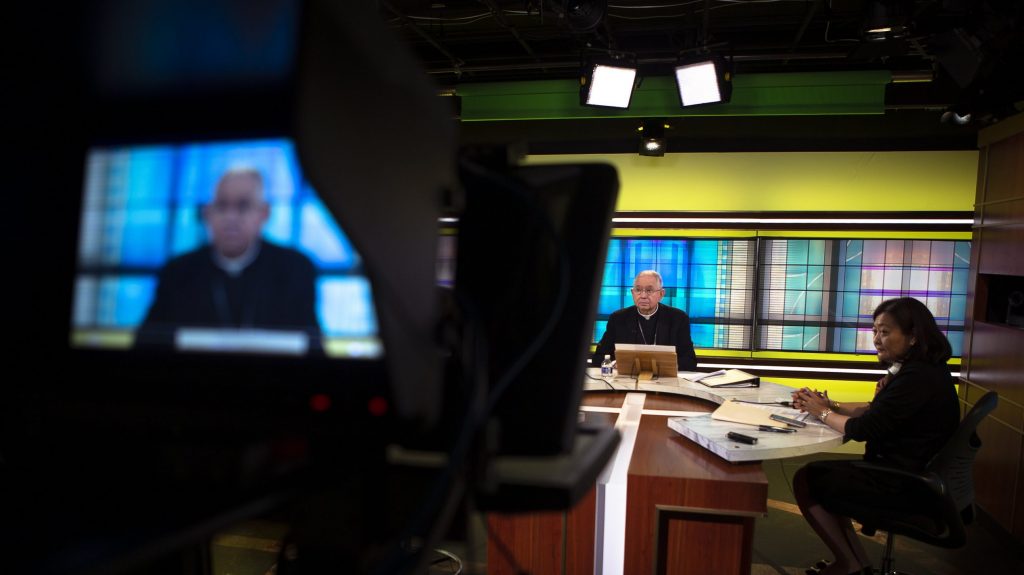Have you ever read or heard a news account of an event that you know something about and found it to bear little or no resemblance to what happened? That was the case for me with The New York Times’ version of the U.S. bishops’ proposed statement on the Eucharist and “eucharistic consistency” as it emerged at their June 16-18 assembly.
After long and sometimes heated debate, the bishops voted 168 to 55 with six abstentions to have their doctrine committee draft a document on “The Meaning of the Eucharist in the Life of the Church.”
Although the meeting was available via livestream to anyone interested, the account by Times Rome correspondent Jason Horowitz can most kindly be described as tendentious and misleading. Horowitz, I should add, is hardly the only journalist who blew this story, but the Times is the Times, so let me focus on it.
Horowitz’s version featured a dystopian picture of the Church in America as presented in a book by a French journalist who covers the Vatican. The book, he wrote, “explored the ties of American bishops to a well-financed and media-backed American effort to undermine [the present] pontificate.”
Scary, isn’t it?
In truth, there are many shades of opinion in American Catholicism, from critics of the present pontificate to strong supporters. This variety of views is merely an unremarkable fact, not the product of a well-financed conspiracy.
As for the proposed document, the Times correspondent wrote as follows: “The vote to go ahead and draft new guidance on the issue guarantees that it will stay in the political bloodstream and grow only more potent as the American bishops’ doctrine committee works on the guidance ahead of a planned November meeting.”
This is a murky piece of writing. The writer does not explain what “issue” among several possibilities he is talking about nor does he say what “it” refers to later in the sentence or in whose “bloodstream” this “it” will grow more potent.
But the paragraph’s intent is obvious enough — to foment mistrust of whatever the bishops say next November.
And what will that be? It was clear during the assembly that in speaking of worthiness to receive Communion, the document won’t single out any individual or group for criticism but will speak of the duty of all communicants to approach the sacrament in faith and reverence. It won’t treat abortion as the sole test, won’t set a national policy, and will leave it to diocesan bishops to decide individual cases.
Rather than defying the pope, the document as described conforms to specifications by Cardinal Luis Ladaria, prefect of the Vatican’s Congregation for the Doctrine of the Faith (CDF), and will be reviewed by the CDF before the bishops vote on it.
Certainly the bishops didn’t help themselves by not making all this crystal clear during the assembly and not posting such a clarification on their website until several days later. Still, it was obvious from the start to some of us covering the meeting — though unfortunately not all. Is it asking too much to expect secular journalists to understand an event happening before their very eyes?
As for the document now being drafted, some people would prefer that it take a tougher line while others would prefer that the bishops say nothing. Inadvertently, nonetheless, the misleading coverage in The New York Times and other major news outlets raises an important question: If speaking of worthiness to receive the Eucharist is off-limits to Catholic bishops, what in heaven’s name can they say?

